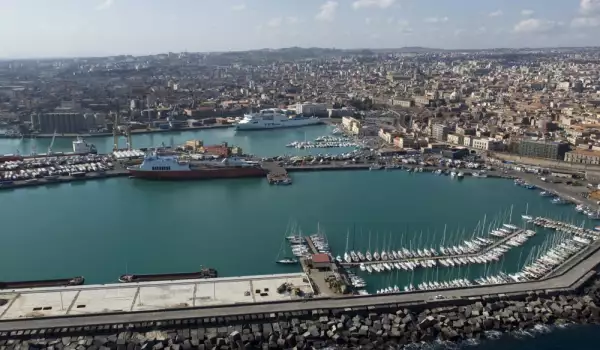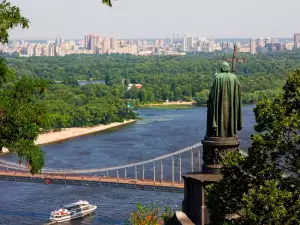Catania

Catania is an Italian city located in Sicily. The city has a population of about 300 thousand people and is the capital of the province of Catania.
On the territory where today Catania is located, people lived in the thirteenth century BC. The local tribe sicules gave the name of the village - Catania. It is believed that the town's name means a sharp knife or other sharp object for cutting meat, and also serves on the name of the uneven rocky surface. This is justified by the fact that Catania is located near Mount Etna. Centuries ago, Catania was a Greek colony. Most likely it was around 730 BC.
Around 476 BC the Siracuzians captured Catania and expelled its inhabitants as in the city came to live new settlers, and it was then called Mount Etna – after the name of the volcano. Around 461 BC the inhabitants of Catania regain power over the city.
In 403 Catania was conquered again by the Siracuzians, and the townspeople were sold as slaves. Then the Greeks took control over the city.
In 279 BC the Epirus King Pyrros arrived in Sicily, who supported the Greeks in their fight against the Carthaginians, the inhabitants of Catania opened the gates and welcomed him as their ruler. After the first Punic War, during which the Roman republic Carthage fought for domination of Sicily, Catania became the first city in Sicily, which passed under Roman rule.

At the time of Roman rule Catania had obtained the rights of an allied city. A school was built in the city, and then water and amphitheater amenities were added. In 36 BC Catania acquired the status of colony.
In 251 BC in Catania was burned at the stake saint Agathe. She did not want to give honor to the proconsul of Sicily and the Romans tore off Agathe’s breasts with pliers. At night, her wounds were healed miraculously. When she was burned, the city was shaken by an earthquake. One year after the execution, its volcano erupted and Catania was doomed. Faithful people of the city showed the lava flow the cape that covered the body of the martyr and the volcano ceased. Since then saint Agathe is the patroness of Catania.
Catania was under Byzantium and under French rule, and then part of Aragon. In 1434 in the city was first founded the Sicilian University. In the cathedral of Catania, Sicilian kings from the Aragonese dynasty were buried.
In 1669, after another eruption of Mount Etna, Catania was destroyed. Restoring of the city started, but in 1693 an earthquake destroyed everything the townspeople managed to recover. In 1736 was erected a fountain with a sculpture of an elephant who became a symbol of the city.
In 1871 Catania became part of the United Kingdom of Italy. During World War II Catania was damaged by the bombs of the allied troops. In the sixties of the twentieth century Catania became a large industrial center. At the end of the twentieth century, new technologies bore the new name of Catania – the European Silicon Valley. The city has preserved Roman baths that attract tourists from around the world.
The festival of St. Agathe is celebrated every February and is the biggest holiday. The first day is celebrated with huge candelabra that weigh over one thousand kilograms each. The day ends with fireworks in the beautiful Square del Duomo
There are twenty-five theaters, each of which is specialized in different kind of performances. A theater of Greek tragedy, classic theater, experimental theater and puppetry are all present. The most famous theater is the Bellini, working from 1890.
There are beautiful old palaces, like Palazzo Biscari. Piazza del Duomo is surrounded by historical buildings built in the canons of the Baroque. Among the most remarkable monuments in the city is the elephant sculpture and the Bellini Villa Park. Tourists always visit the ruins of the Roman amphitheater in the city.
The Panorama City Museum shows the history of Catania. It is located in the fortress Castello Ursino, built in the thirteenth century. This is the only medieval building that survived the earthquake in 1693.
Churches that are attractive to tourists are Saint Maria del Gesu, Collegiata and sint Agathe’s Church.












